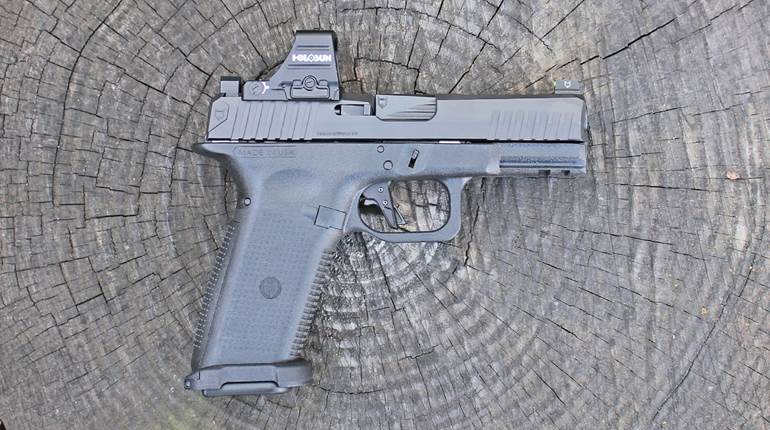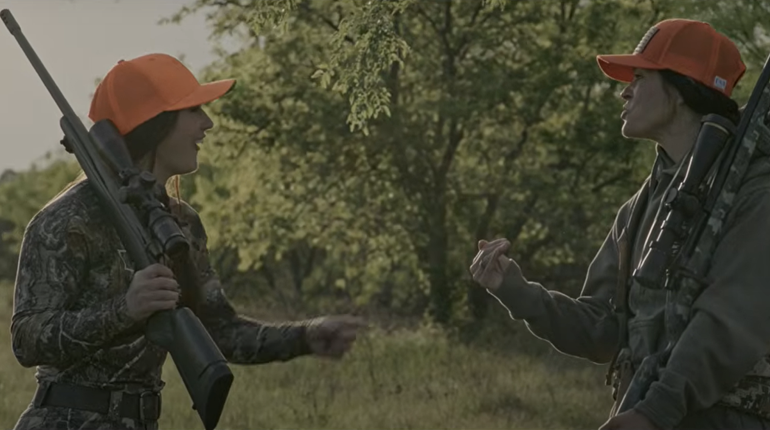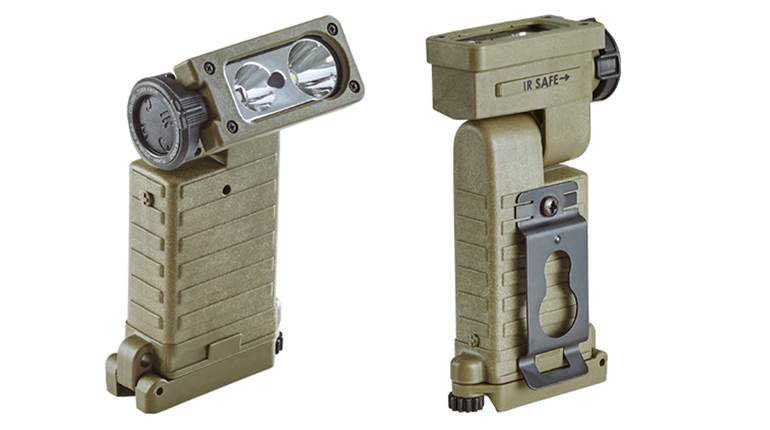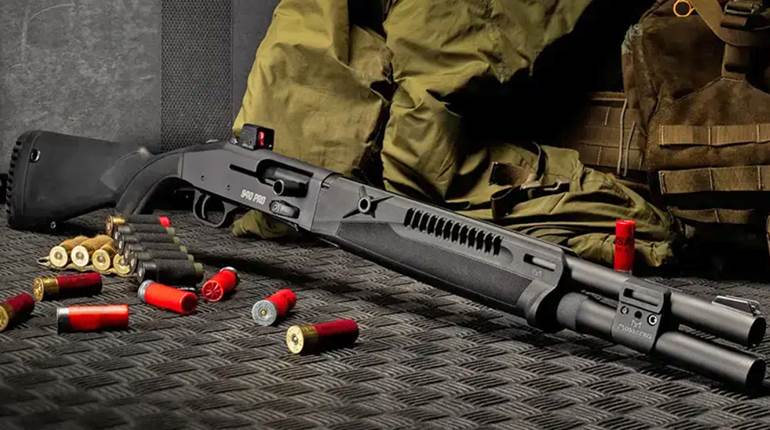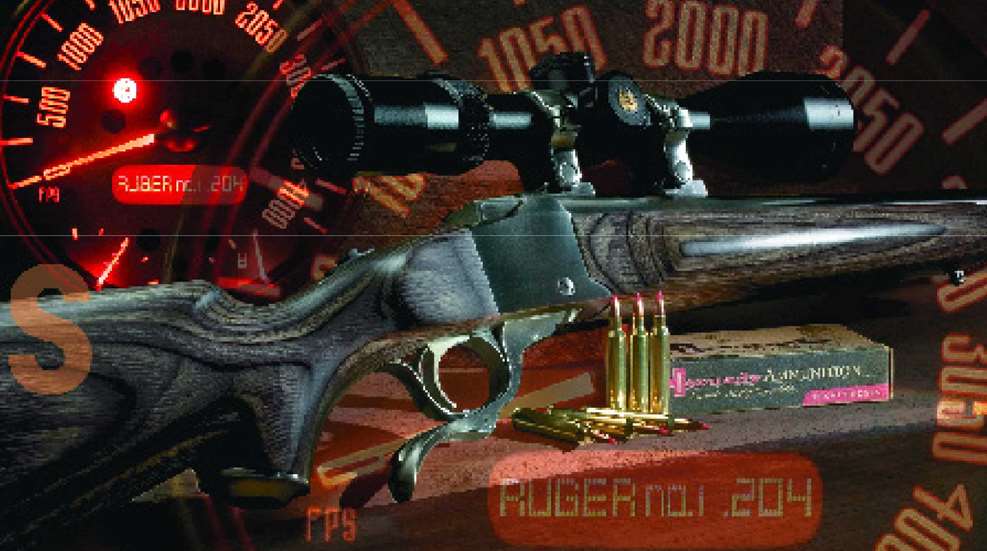
This article appeared originally as "The Need For Speed: The 4,200 F.P.S. Ruger .204" in the August 2004 issue of American Rifleman. To subscribe to the magazine, visit the NRA membership page here and select American Rifleman as your member magazine.
Sixty-nine years is a long time, nearly a lifetime by today’s standards, and in 1935 the world was a much different place. The country was in the middle of the Great Depression, and World War II was nothing more than some vague rumblings on the newsreels. The world had no idea that the future would bring nuclear bombs, travel to the moon, personal computers or cell phones. Technology was far less advanced in all fields, including sporting firearms, than it is today, yet Winchester made a quantum leap when it introduced the first “mainstream” factory cartridge with a muzzle velocity in excess of 4,000 f.p.s.
The .220 Swift was far ahead of its time, as evidenced by the fact that in those nearly seven decades, decades where we saw technological advances unparalleled in human history, only one other mainstream factory cartridge has been introduced with an initial muzzle velocity in excess of 4,000 f.p.s., the .17 Remington in 1971. The problem, or perhaps tragedy is a better word, is that due to a long list of reasons, both of those cartridges have failed to catch the shooting public’s fancy. Both are still around, but neither enjoys large popularity.
Now Hornady and Ruger have teamed to try again. They have a new 4,000-f.p.s.+ cartridge, and they think they might have gotten it right this time. If you look at the conventional wisdom about why the other 4,000-f.p.s. cartridges have not been popular, they might be right.
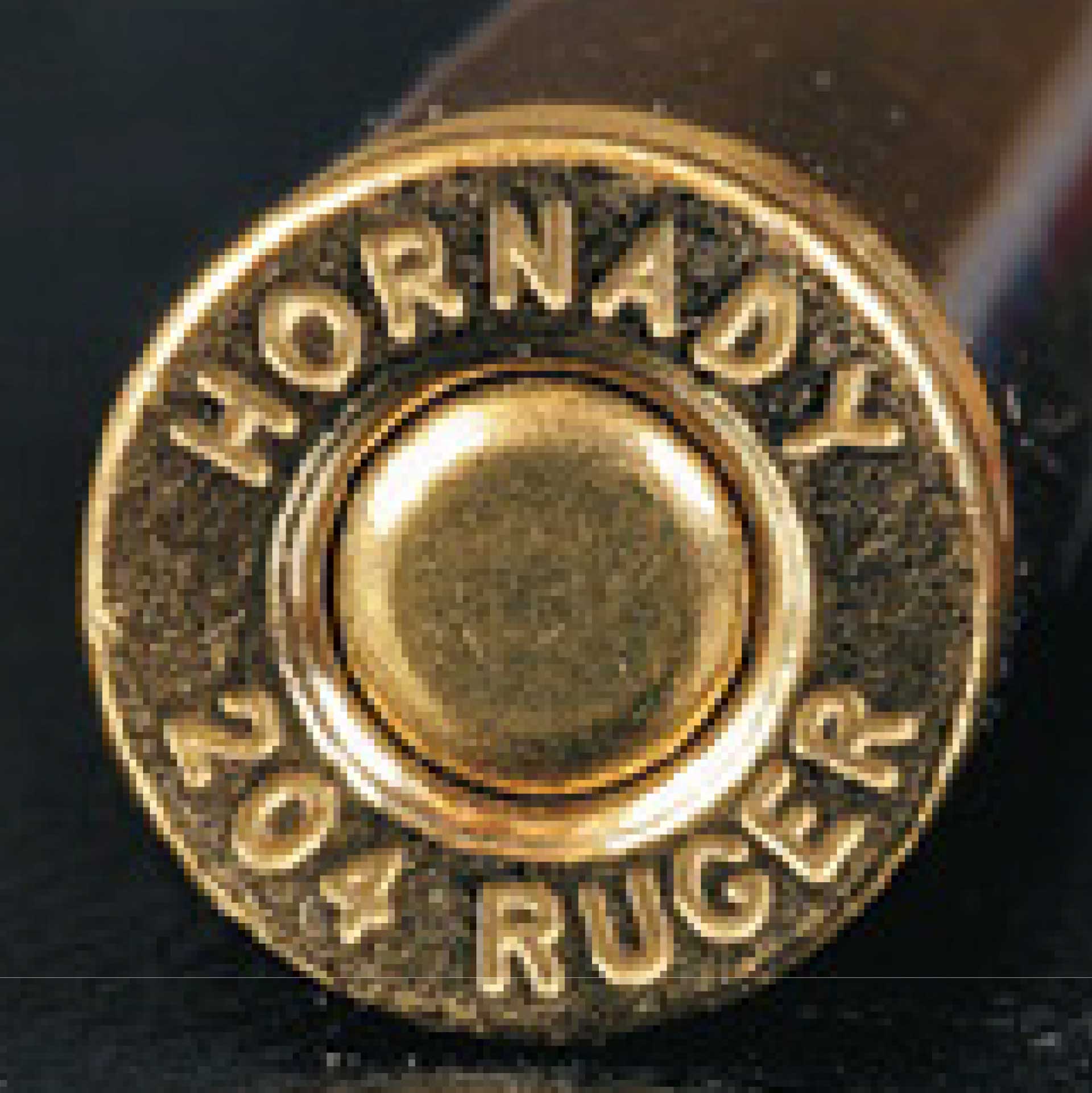
It’s one thing to launch a bullet fast, but you also need a bullet that will hold onto that velocity. Both the .17 Remington and the .220 Swift, exceed 4,000 f.p.s., and both use light-for-caliber bullets. That creates a design problem because, with all else equal, the lighter the bullet in a given caliber, the lower the ballistic coefficient. For example, the .17 Remington’s 25-grain HP has a ballistic coefficient of 0.151 and some 45-grain, .22-cal. bullets are only about 0.167.
So challenge number one is to create a bullet that can reasonably be pushed to ultra-high velocity within the confines of today’s propellants and cartridges, but also have a high enough ballistic coefficient to retain velocity well enough to ensure a flat long-range trajectory.
The other problem with a lot of ultra-high-velocity rifle cartridges has been barrel life. It’s one thing to achieve 4,000 f.p.s., even with a well performing bullet, but the rifle needs to have a practical lifespan. These are varmint cartridges, and varmint hunters shoot a lot. It might be cool to have the hottest cartridge at the prairie dog shoot, but if you have to spend lunch replacing the barrel so you can shoot some more in the afternoon, it’s rather pointless—not to mention expensive.
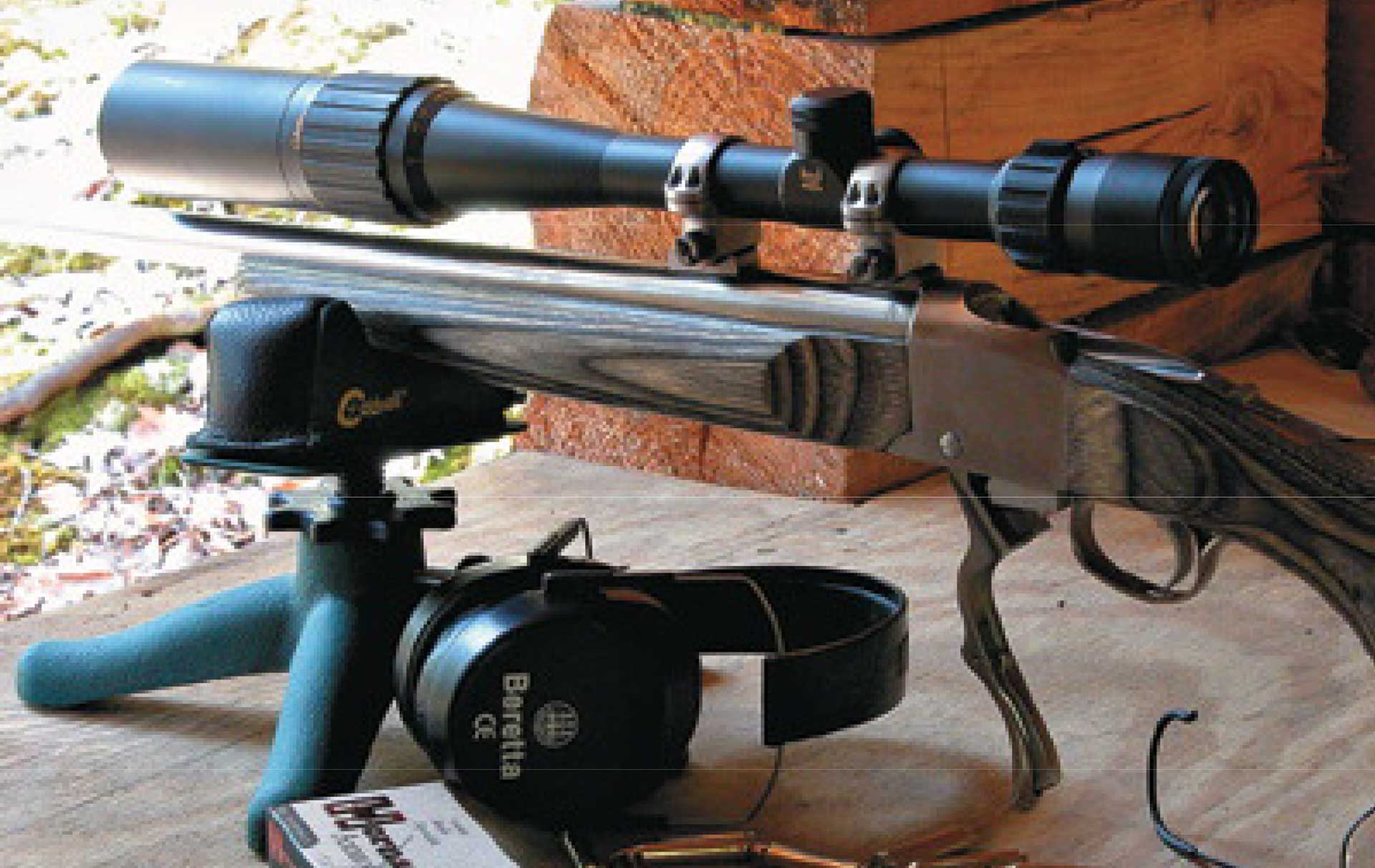
Only one other mainstream factory cartridge has been introduced with an initial muzzle velocity in excess of 4000 f.p.s., the .17 Remington in 1971.
The new .204 Ruger cartridge addresses both problems, and Sturm, Ruger & Co. currently offers two types of rifles chambered for the .204 Ruger. The No.1 single-shot rifle is available in the stainless steel, laminated wood stock, heavy barrel, K1-V-BBZ. Also, the No.1 Standard 1-B, blued metal with a walnut stock is chambered for the .204 Ruger. Both have 26” barrels.
In a bolt-action, Ruger offers three Model 77 MK II rifles. The Model 77R MK II, standard in blue and walnut, has a 24” barrel. The M77 MK II Target heavy barrel, with low-glare stainless steel and brown laminate stock, features a heavy 26” barrel. Finally, the M77 MK II All-Weather Ultra Light—featuring stainless steel and a synthetic stock—comes with a 20” barrel and weighs only 6 lbs.
The .204 Ruger is based on the .222 Remington Magnum cartridge, one cartridge that has been obsolete for several years. The .222 Remington Magnum was introduced by Remington as a sporting round in 1958. It offered about 20 percent greater case capacity than the .222 Remington and about 5 percent more capacity than the .223 Rem. The case is actually 0.095” longer than the .223 Rem. as well, so its potential for higher performance was superior to the .223 Rem. But, that didn’t matter because the introduction of the .223 Rem., first as a military cartridge then as a sporting cartridge in 1964, ensured the end of the .222 Rem. Mag.
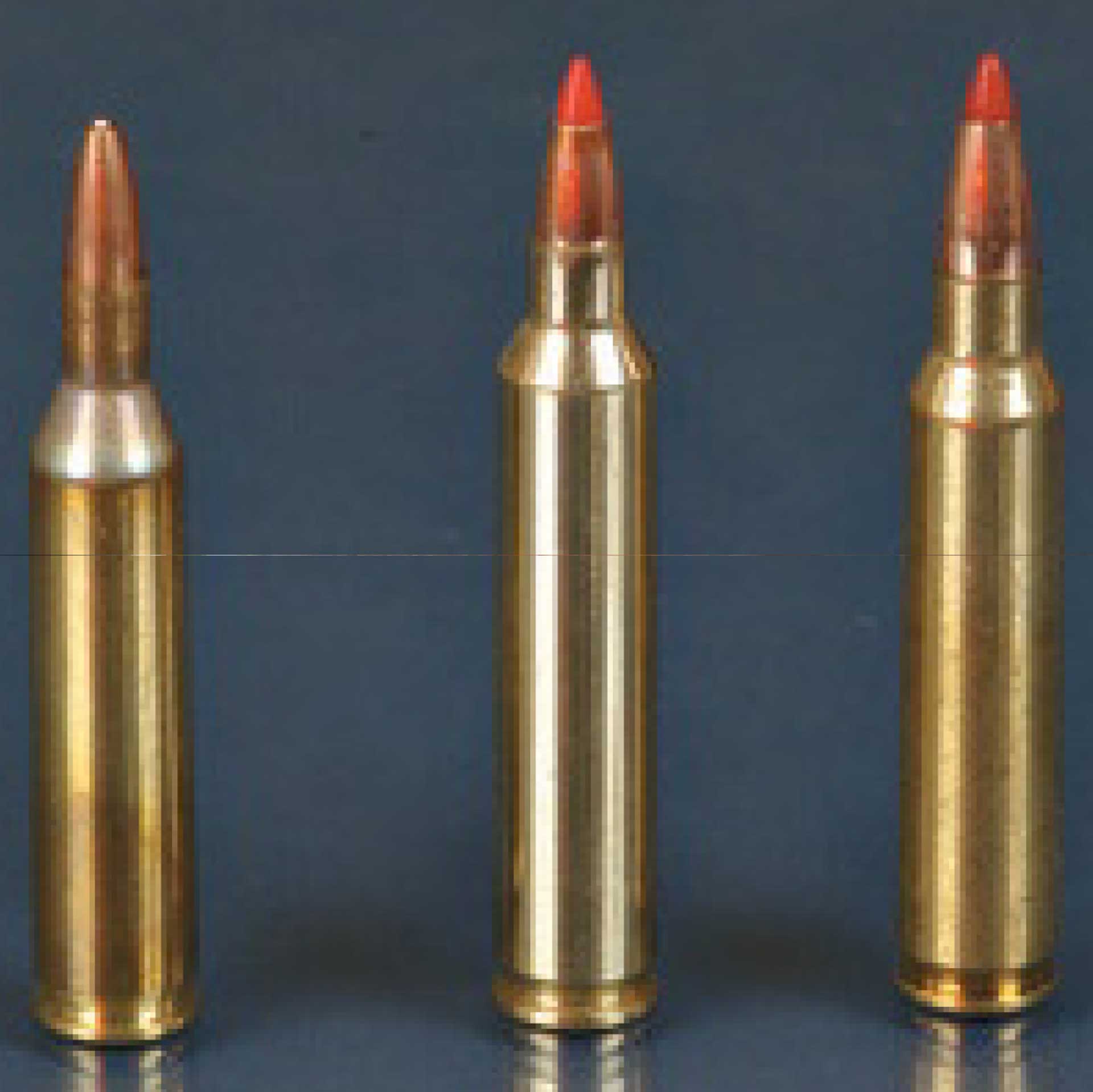
The .204 Ruger is based on the .222 Remington Magnum, a cartridge that has been obsolete for several years.
However, since the case offered the best capacity potential of any current cartridge with the same case head diameter, it was a logical choice for this new high-performance cartridge. Hornady modified the .222 Rem. Mag. case by moving the shoulder forward and changing the shoulder angle to 30 degrees. It also expanded the case for minimum body taper. These changes were all incorporated to maximize the powder capacity. It then necked down the case to accept 20 cal. bullets. The end result is a case with a water capacity of 32 grains, compared to 28.12 grains for the .223 Rem.
To solve the first of the problems associated with the “4,000 f.p.s. curse” Hornady looked to the bullets. The 32-grain, 20-cal.,V-Max bullet has a ballistic coefficient of 0.205, nearly identical to the 40-grain, .22-cal. V-Max. Not all that impressive as ballistic coefficients go, but the cartridge makes up for it in other ways. The Hornady factory load with this bullet has a catalog listed muzzle velocity of 4,225 f.p.s., which is about as fast as any bullet from any factory-loaded cartridge. On the surface, it would appear that is simply plowing old ground because the .220 Swift has a bullet with the same ballistic coefficient and about the same velocity. But, there is that barrel life thing, which I’ll get to in a moment.
The 40-gr. Hornady V-Max .204 bullet has a ballistic coefficient of 0.255, exactly the same as a 55-grain, .22-cal. V-Max bullet. The .204 Ruger with that bullet weight has a cataloged muzzle velocity of 3,900 f.p.s. No current, factory-loaded .22 center-fire with a bullet of equal ballistic coefficient comes close to that launch speed. As a result, the .204 Ruger is the flattest-shooting varmint cartridge currently in mainstream factory production.
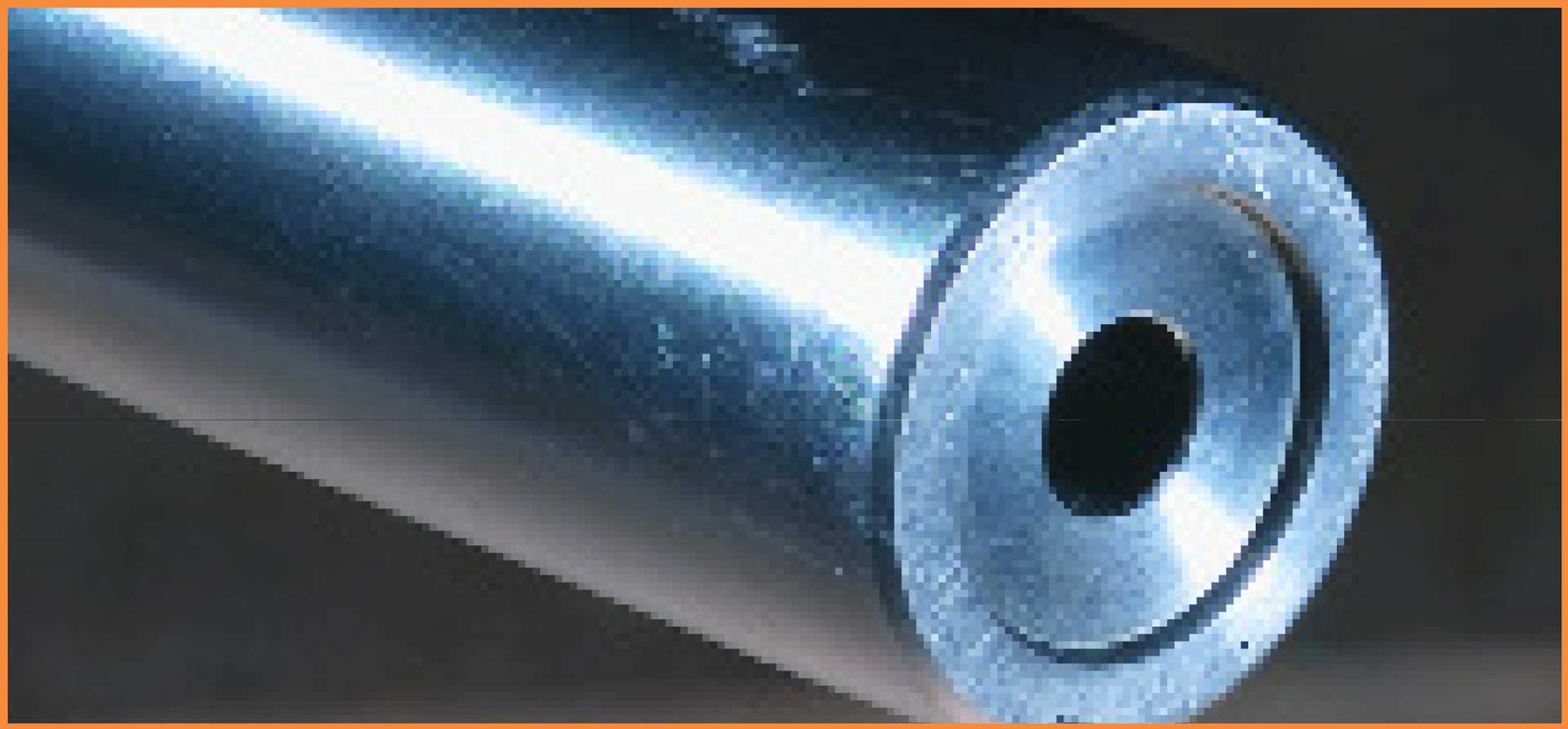
The recess-crowned, 26” heavy barrel on the Ruger provided good accuracy, but muzzle velocity was well below published figures for the .204.
One big criticism of the Swift has always been the short barrel life. While I think it has been exaggerated or misunderstood over the years, there is some validity to the claim. Any high-intensity, high-pressure, high-volume rifle cartridge is going to be hard on barrels. Every time you shoot it’s like turning a blowtorch loose on the barrel. The higher the pressure you create and the more powder you burn in a given bore diameter, the more intense the flame. It’s a simple fact of life that high performance comes at a price. But, sometimes, it’s possible to trick the system, and Hornady Ballistics Engineer Dave Emary thinks that’s what he has done with the .204 Ruger.
“Why a .20 caliber?” I asked him. “Well the initial credit would go to Todd Kindler of the Woodchuck Den. He did a lot of the work in developing .20-cal. wildcats and in promoting them. As a result we started to see that the .204 bullet offered some ballistic advantages. Within the envelope we have to work with, the most efficient bullet design was a .20 caliber. It allows the best ballistic coefficient for a given sectional density while still meeting certain other mechanical requirements such as adequate bearing surface.

The falling-block type action of the Ruger No. 1 has long been a favorite action style for varmint hunters and target shooters.
We found that the .20 cal. allowed us to maximize the performance from the basic cartridge case size.” Emary continued, “We expect barrel life to be comparable with the .223 Remington. Accuracy life should be 3,000 to 4,000 rounds. We have test barrels with 2,000 rounds through them, and they are showing very little wear. The cartridge is so mild and the recoil so low that many shooters report that they can watch the bullet impact. This can be an important factor for long-range varmint shooters.
“Copper fouling has not been a problem,” Emary said. “The small bore is a bit susceptible to powder fouling, but it’s easily cleaned with products like JB Paste. One thing we have found is that the cartridge is sensitive to chamber and bore dimension tolerances, so manufacturers must take care when making the rifles.”
Will this hot new cartridge be the first to beat the “4,000 f.p.s. curse” and go on to great popularity? Who can say, but it’s going to be interesting to watch.
Range Test
So how did the .204 Ruger stack up on the range? Only the 32-grain Hornady factory load was available to test at the time of my evaluation, but I gave it a strong workout in a Ruger No.1 heavy barrel, stainless/laminate rifle fitted with a Cabela’s 6x20 mm Outfitter varmint scope.
Velocity was a bit lower than expected. The Ruger has a 26” barrel and so would be expected to meet the published figures. However, the average for 27 shots measured on an Oehler 35P chronograph was 4,014.5 f.p.s. This is 210.5 f.p.s. below the published velocity. In all fairness, this is only one rifle and velocity can vary from rifle to rifle. However, in a cartridge with velocity as its greatest asset this was a little disappointing.
The average of five five-shot groups at 100 yards was exactly 1”. The best group was 0.85” and the worst was 1.35”. I was shooting through some mild heat mirage, and that may have had a slight effect on the results. Given my love/hate history with the Ruger No.1 rifle over the often-erratic accuracy issue, this is excellent. I had several three-shot groups that were in the half-inch range. Recoil was mild enough in the heavy 10 3⁄4-lb. rifle and scope combination that I could actually watch the bullets hit the target through the scope.













